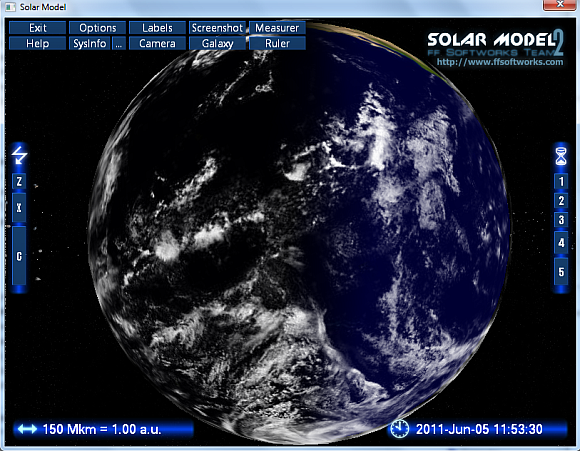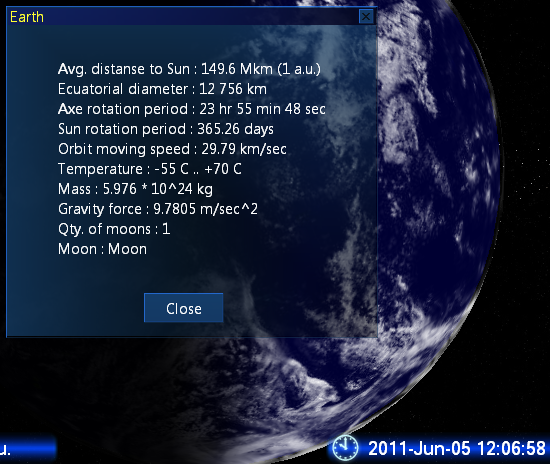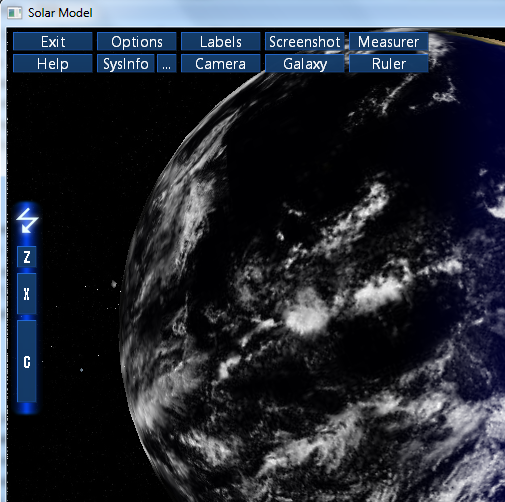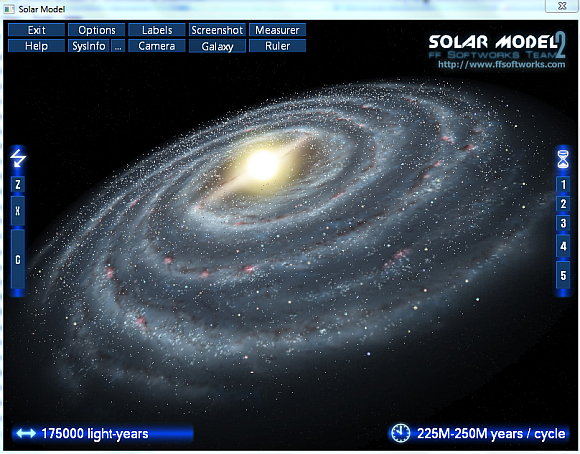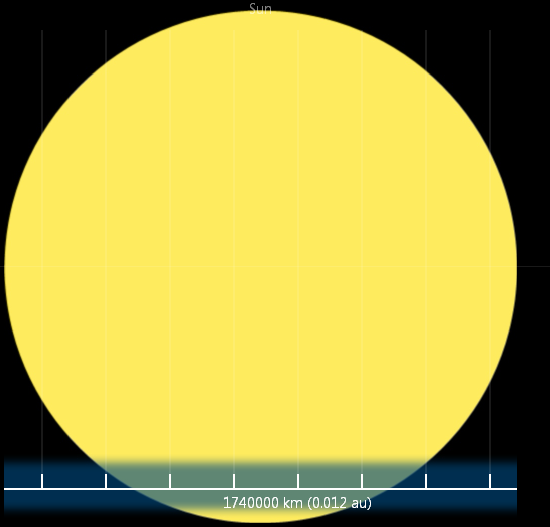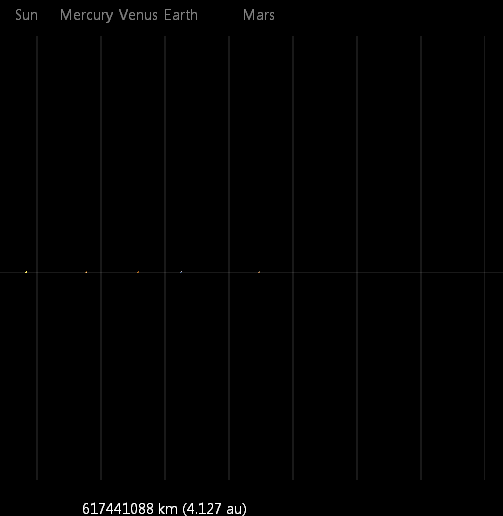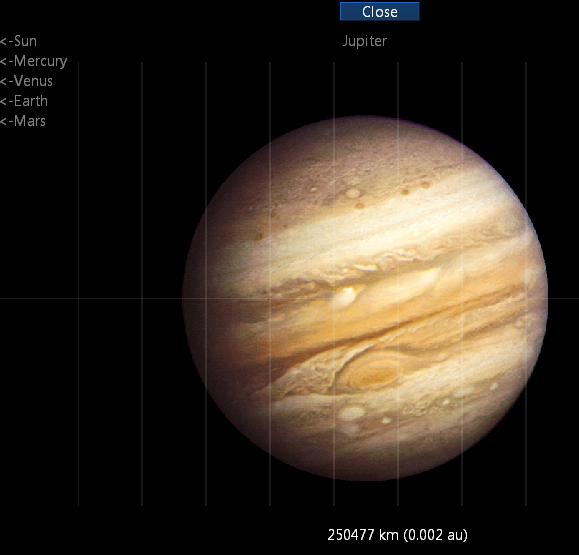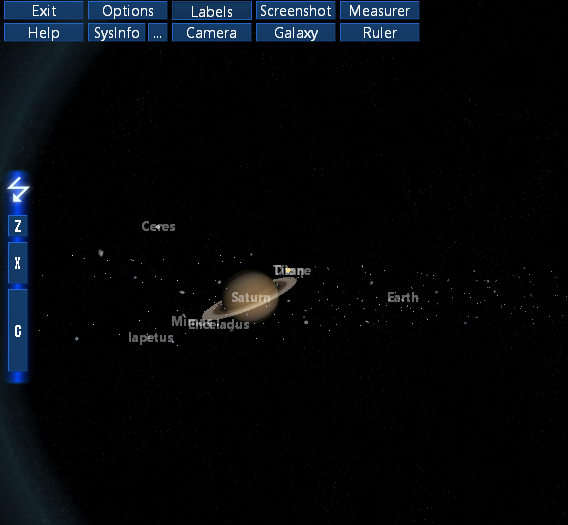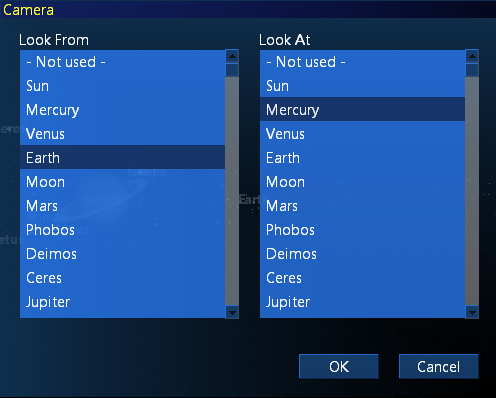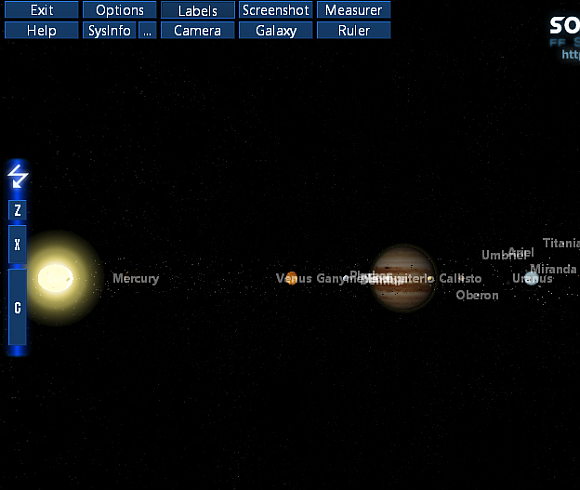You've probably noticed that here are MakeUseOf, we love space and the Universe. Between Saikat's list of 6 awesome astronomy sites, my coverage of the free exoExplorer app and Jeffry's coverage of the very cool NASA space app - we've got a corner on the market when it comes to using your computer to explore outer space.
One of the things I'm always on the lookout for when searching for free apps to review are more cool space explorer apps or websites. I often come across dozens that are pretty cool as far as graphics go, but most of them amount to nothing more than novelty apps - they just aren't very useful.
So I was pretty excited to come across Solar Model 2, because aside from the cool factor involved in exploring space in an advanced graphical rendering engine, it also has the useful feature of actually letting enthusiasts and students "measure" space. This solar system model software lets you examine how the Milky Way galaxy and nearby systems move in relation to each other in a real-time way.
Scientifically Exploring the Milky Way
This open source app is useful enough to be used in science class for elementary and high school students. Upon first launching the app, the graphical quality of this program becomes apparent quickly. You'll see a huge model of planet Earth. If your computer graphics card can handle it, the Earth will rotate in real-time (based on the clock at the lower-right hand corner of the screen). If you don't see it moving, move the window around and you should see Earth's position update.
Clicking on any planet in this modeling software will pop up information about the planet - including orbital rotation speed, sun rotation, gravity, moons and more.
All of the tools available in this solar system model software are found in the menu system at the upper left of the window. The important ones you'll be using often are the "Labels" to toggle planet labels, the camera view toggle button, and the very cool measurer, which I'll cover below.
The Galaxy view button just offers a really cool graphical model of the entire layout of the Milky Way as it looks at this moment, with the enormous Sun at the very center.
It's an amazing image - you can even take a quick screenshot by clicking on the "Screenshot" button and use it as your desktop background.
Exploring & Measuring the Milky Way
The tool that I really want to focus on is the one that makes this application so valuable. If you click on the "Measurer" tool, you'll see a huge image of the Sun flanked by unit lines and the distance represented by each line shown at the bottom.
This tool gives you a scientifically accurate measurement of every planet that you lay across the ruler lines. You can use the mouse scroll wheel to zoom in and out, and zooming way out, you can see all of the planets in the Milky Way lined up accurately by distance and position from the Sun.
As you zoom out, you'll see the unit values grow significantly, as each line represents a much greater distance in space, and all of the planets come into view. If you want to see any individual planet more clearly (and take accurate measurements of its size), just hover the mouse over that planet and then roll the mouse wheel to zoom in where the mouse is pointed. Here, I've zoomed into the huge planet Jupiter.
I really love the planet imagery in this solar system model software!
Exploring In Camera View
The other perspective you can use to explore the Milky Way is with the camera view. When you click on the "Camera" button, you'll see a 3 dimensional display of where all of the planets are situated in the Galaxy. Click on the "Labels" button to see all of the planets identified.
Click on the Camera button again, and you can change perspective of the camera. For example, you can look from the Moon to Jupiter, or point the camera from the Earth to Mercury.
It's interesting to see how all of the positions of the planets change depending on which direction you're looking out into space. The positions are are all represented based on the time displayed at the bottom right corner of the screen, so you can see how and when planets will be aligning with each other.
You can use the numbered buttons off to the right of the screen, 1 through 5, to increase the clock speed and watch the movements of the planets as they will occur far into the future. This is probably one of the coolest features of this program.
So, install Solar Model and give it a shot. You might find it useful enough to use in your classroom if you're a teacher, or use it to take screenshots that you can embed into your reports if you're a student. What do you like about it and what do you think is missing? Share your thoughts in the comments section below!


